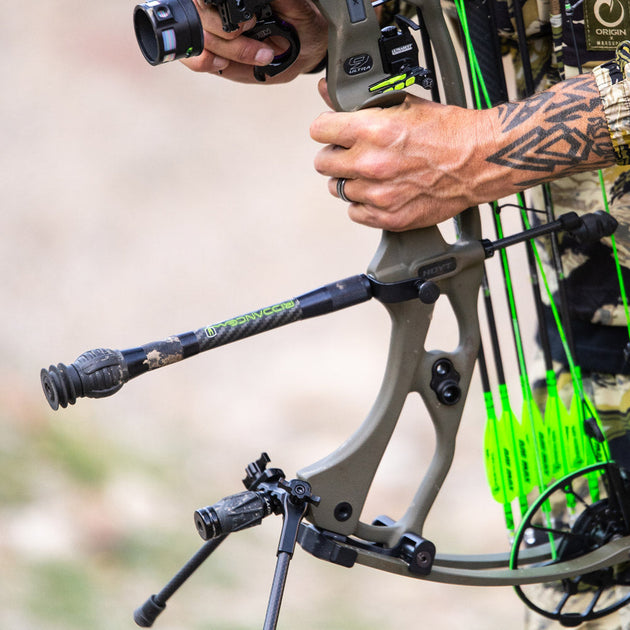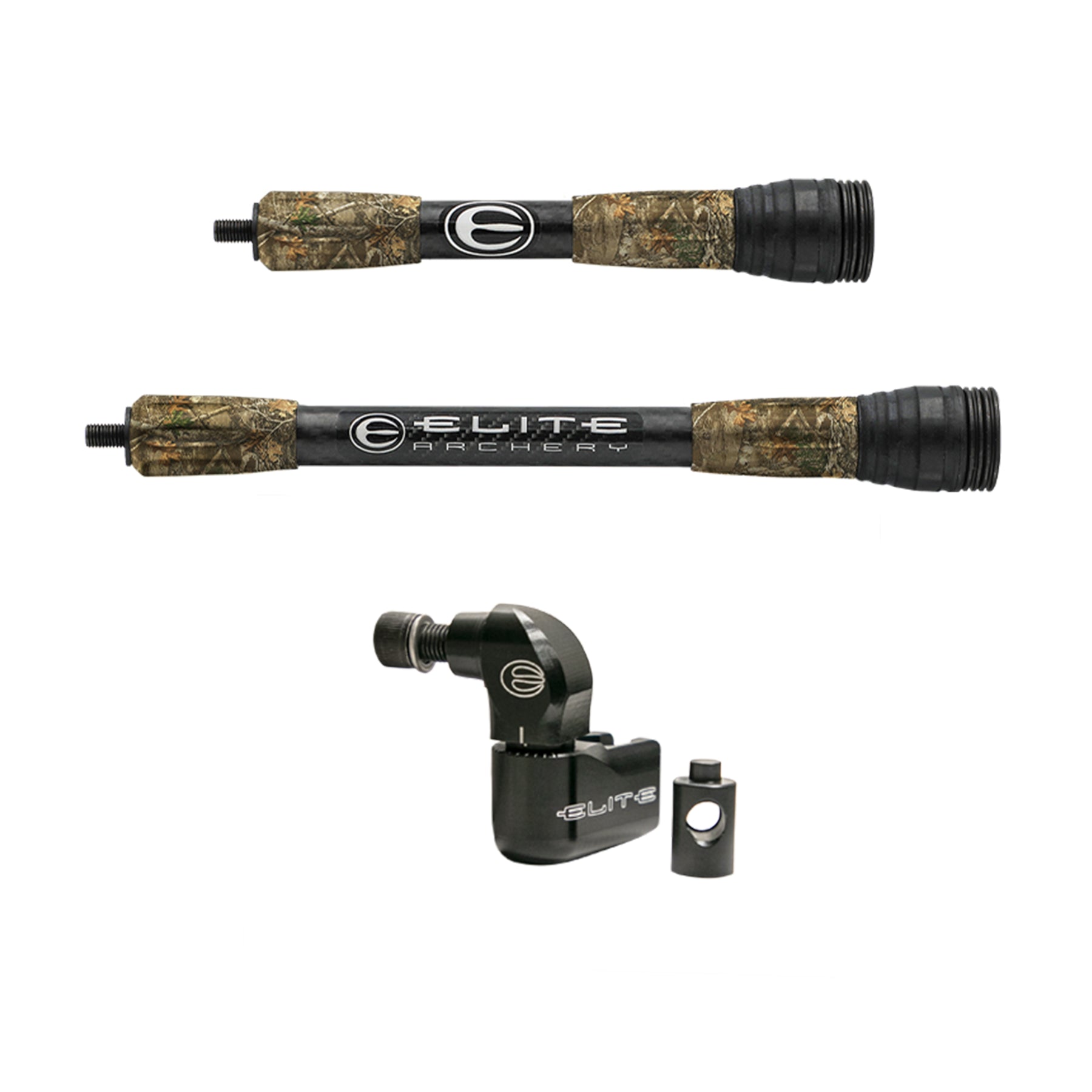Discover the Best Bow Stabilizers for every single Archer's Requirements
Discover the Best Bow Stabilizers for every single Archer's Requirements
Blog Article
Optimize Your Archery Precision With These Bow Stabilizer Techniques
One essential element that can significantly impact your efficiency is the correct utilization of bow stabilizers. Whether you are a seasoned archer looking to refine your abilities or a novice excited to improve your accuracy, mastering these bow stabilizer strategies can be the secret to hitting your mark with exceptional consistency.
Advantages of Making Use Of Bow Stabilizers
Utilizing bow stabilizers can substantially enhance an archer's precision and total performance by reducing bow torque and resonance. Bow torque, triggered by the unequal distribution of weight in the bow, can lead to inconsistencies in shot positioning. By connecting a bow stabilizer, the weight is redistributed, reducing the results of torque and assisting the archer achieve an extra constant shot. Additionally, bow stabilizers wet vibration, which not just enhances the comfort of capturing however also stops the bow from jumping upon release, therefore aiding in keeping proper objective.
Moreover, bow stabilizers can assist in holding the bow consistent, especially during gusty conditions or when shooting from longer ranges. The added weight at the front of the bow offers security and balance, enabling the archer to concentrate on intending without the diversion of bow activity. In general, the advantages of making use of bow stabilizers extend beyond simply precision, boosting the archer's experience and performance in different shooting circumstances.
Choosing the Right Bow Stabilizer
Picking the ideal bow stabilizer is critical for maximizing your archery tools and boosting shooting efficiency. Much heavier stabilizers can assist decrease bow torque and absorb more resonance, leading to a steadier purpose.

Finally, consider the design of the stabilizer. Some stabilizers include adjustable weights or dampeners that enable you to tailor the balance and feeling of your bow. Ultimately, selecting the right bow stabilizer includes locating a balance in between weight, style, size, and material to enhance your capturing precision and overall performance.
Appropriate Installment Techniques
To make sure optimum performance and security in archery, understanding proper setup methods for your bow stabilizer is essential. The very first step in mounting a bow stabilizer is to identify the appropriate placement on your bow. The majority of stabilizers are affixed to the front of the riser, below the grip, to assist counterbalance the weight of accessories such as views and quivers. Ensure that the stabilizer is not interfering with other components or impeding your shooting type.
Next, safely affix the stabilizer to the bow utilizing the appropriate mounting equipment. It is crucial to tighten up the stabilizer well to protect against any kind of tottering during shots. Some stabilizers come with flexible weights that can be added or eliminated to tweak the equilibrium of your bow. Trying out various weight arrangements to locate the ideal balance that suits your capturing design.

Changing Stabilizer Weight and Size
After ensuring the proper installation of your bow stabilizer, the next step involves adjusting the weight and length to optimize its performance in enhancing archery accuracy. The weight of the stabilizer plays an essential function in reducing bow motion during the shot cycle.
When it concerns stabilizer length, finding the right balance is key. A longer stabilizer can provide greater security by raising the range in between the bow and the weight at the end of the stabilizer. This added Website distance enhances the stabilizing result, specifically in gusty conditions or when shooting at longer ranges. Alternatively, a much shorter stabilizer uses much more maneuverability and might be favored by archers that value agility and quick activities throughout shooting.
Advanced Stabilizer Tuning Tips
Achieving optimum bow stability and precision in archery requires a nuanced approach to sophisticated stabilizer adjusting. Advanced stabilizer tuning includes fine-tuning various elements to boost the bow's balance, decrease resonance, and improve general precision.
Another important facet of advanced stabilizer tuning is maximizing the damping homes of the stabilizer system. This can be attained by incorporating extra moistening devices such as rubber dampeners or harmonic stabilizers to further decrease resonance and sound. Furthermore, exploring different products for the stabilizer building and construction, such as carbon fiber or aluminum, can also influence the bow's efficiency by modifying its weight circulation and rigidity. By meticulously fine-tuning these advanced stabilizer elements, archers can maximize their accuracy and consistency on the range or in competition.
Conclusion
In final thought, taking full advantage of archery accuracy can be attained with the correct choice, installation, and change of bow stabilizers. In general, including bow stabilizers into archery technique can lead to enhanced efficiency and boosted precision.
Utilizing bow stabilizers can significantly boost an archer's accuracy and general performance by lessening bow torque and resonance. Longer stabilizers supply greater stability and equilibrium, especially for long-distance over at this website capturing, while much shorter stabilizers provide even more flexibility and are easier to navigate in limited spaces (bow stabilizer). Carbon fiber stabilizers are resilient and light-weight, while light weight aluminum stabilizers are Check This Out robust and supply excellent vibration moistening
A longer stabilizer can give greater security by raising the distance between the bow and the weight at the end of the stabilizer.One more crucial element of sophisticated stabilizer adjusting is optimizing the damping residential properties of the stabilizer system.
Report this page